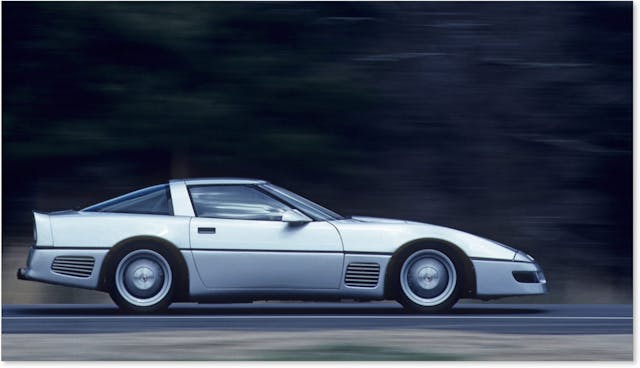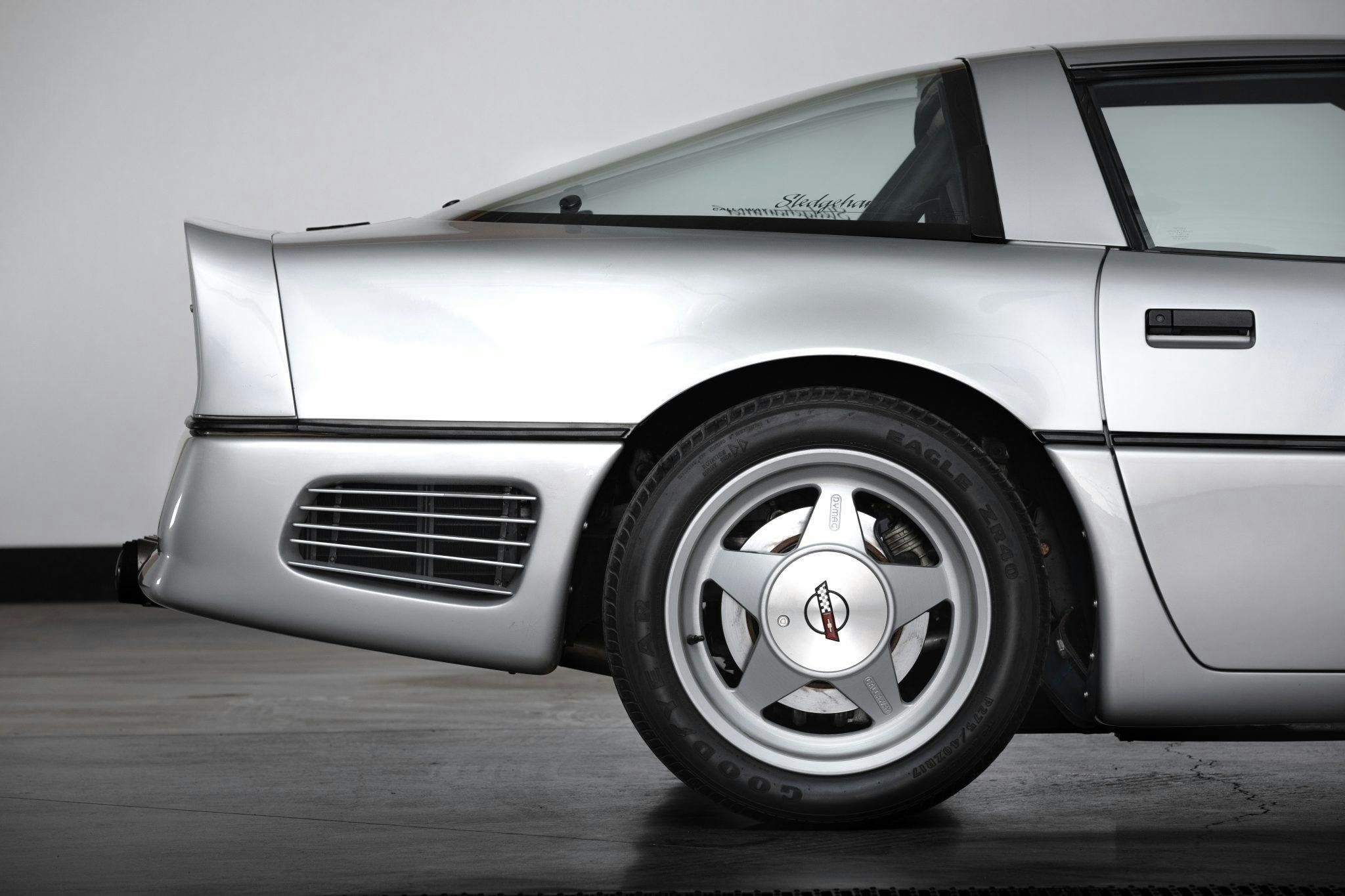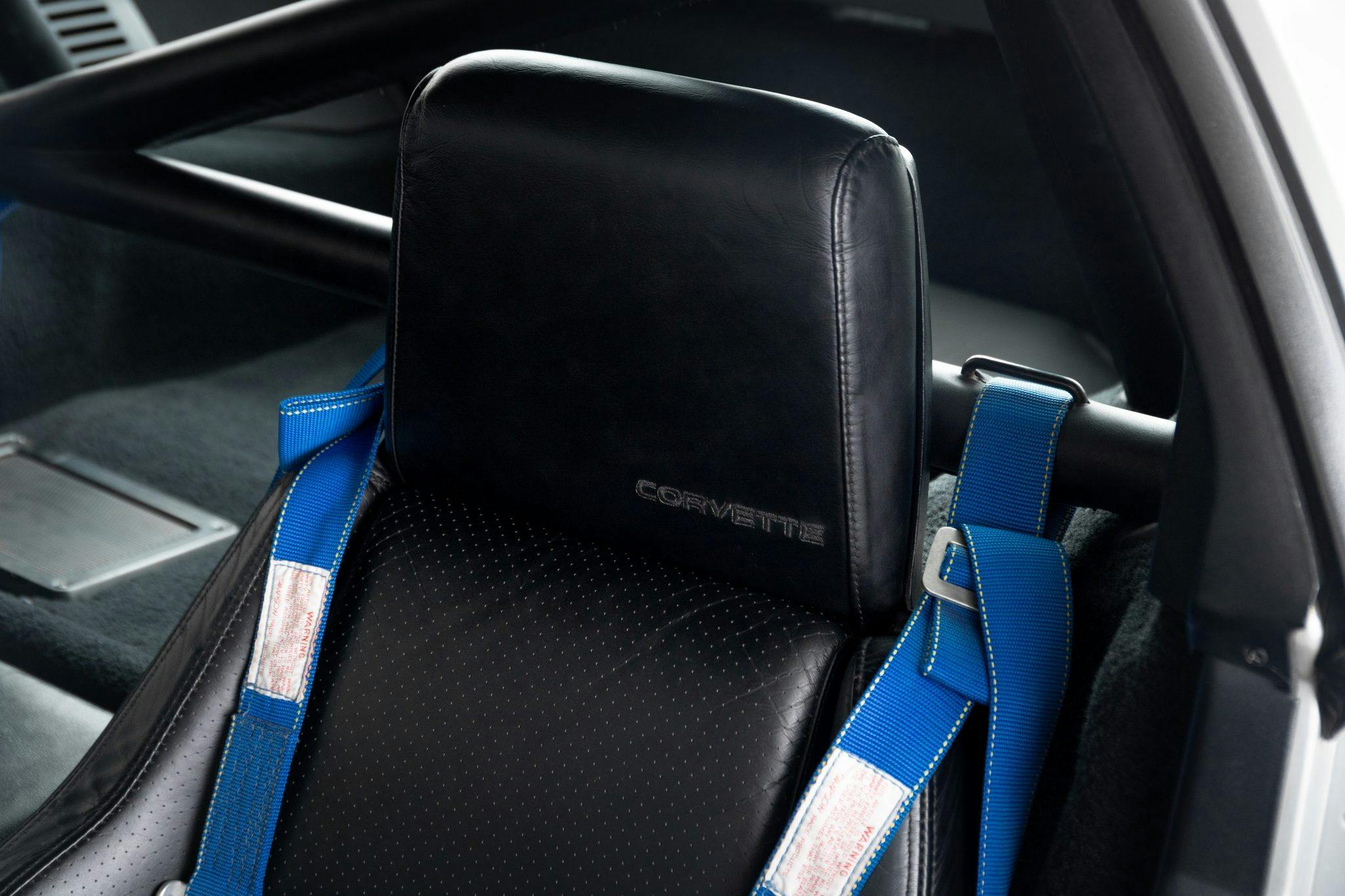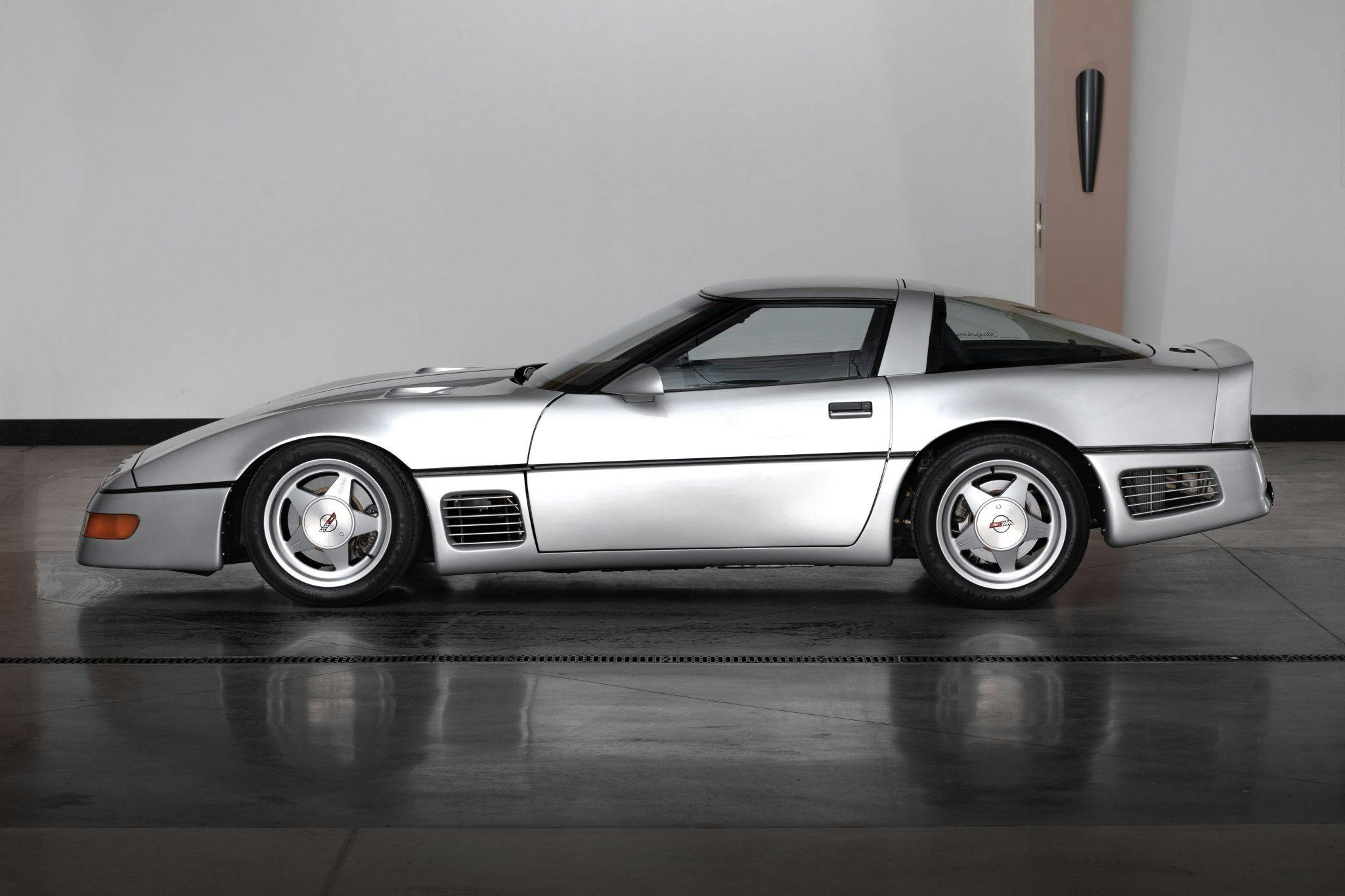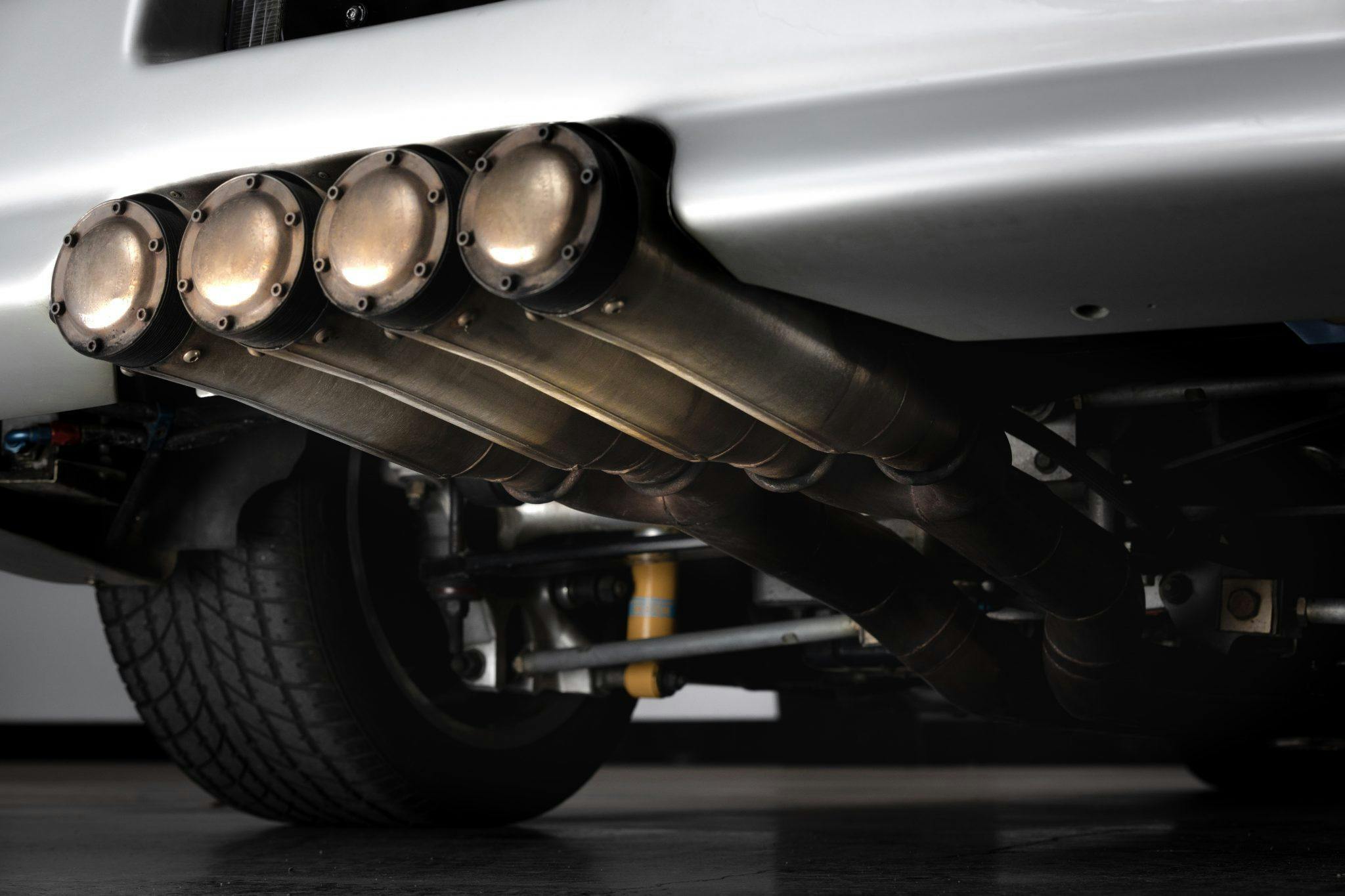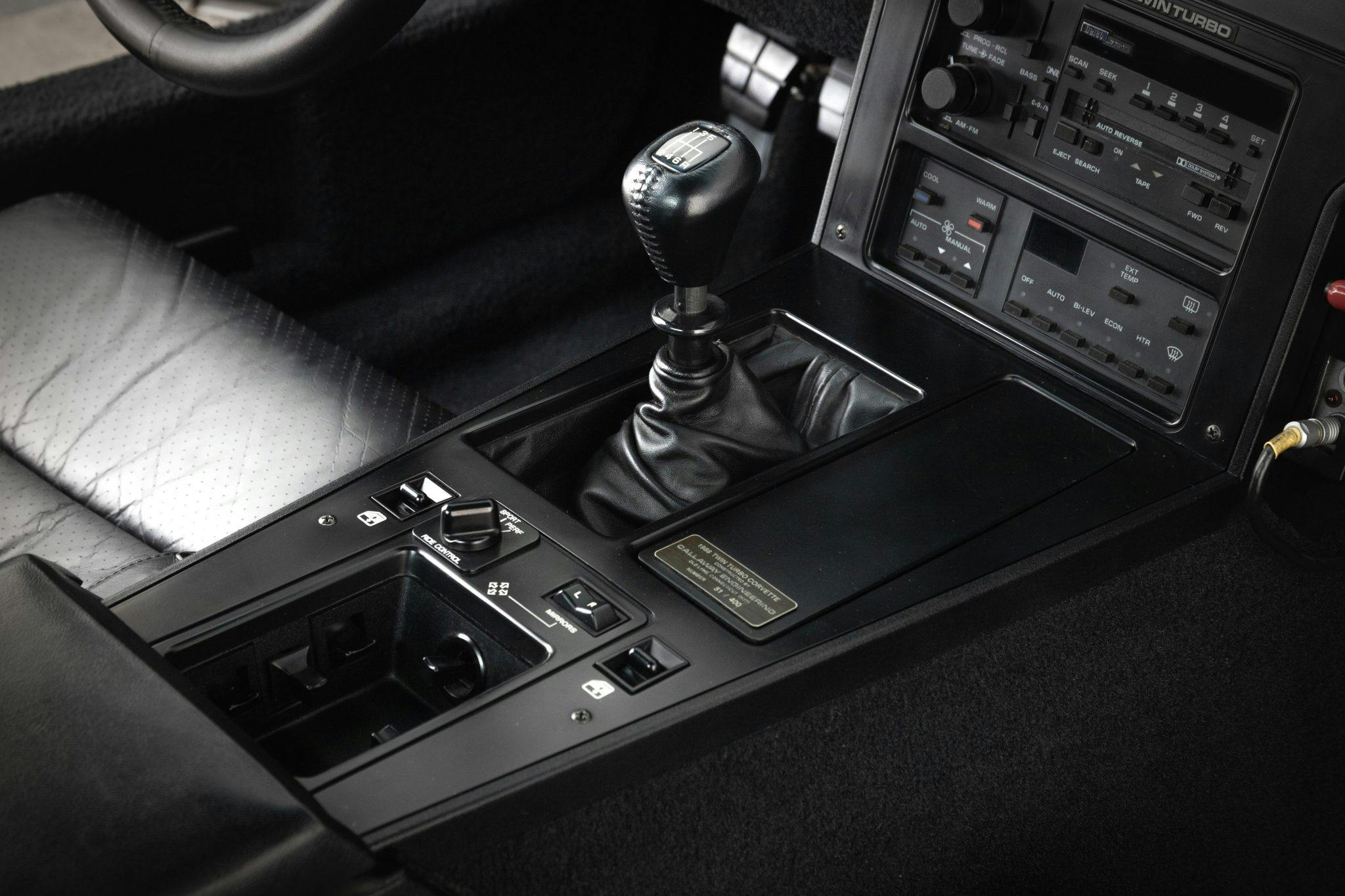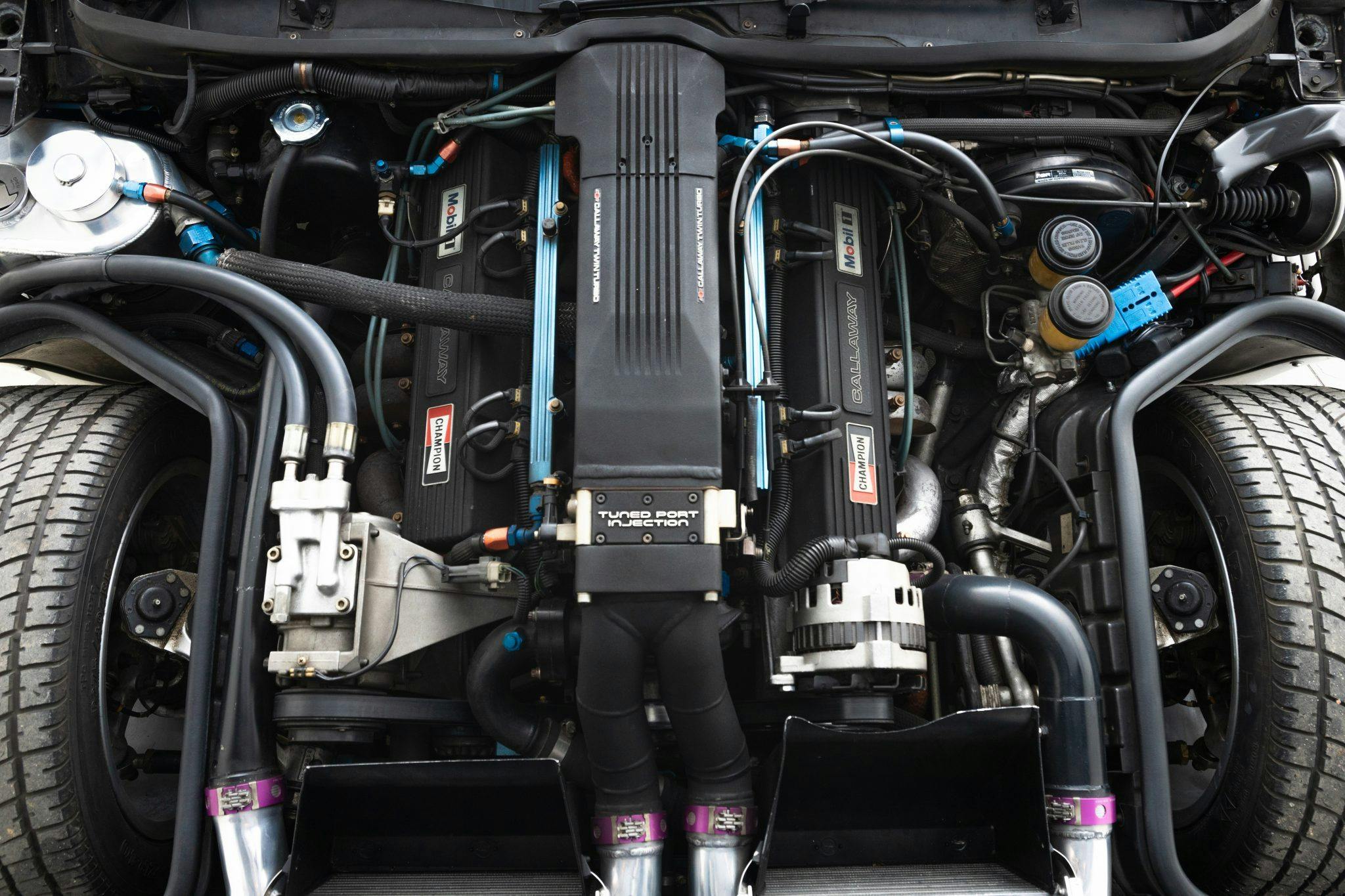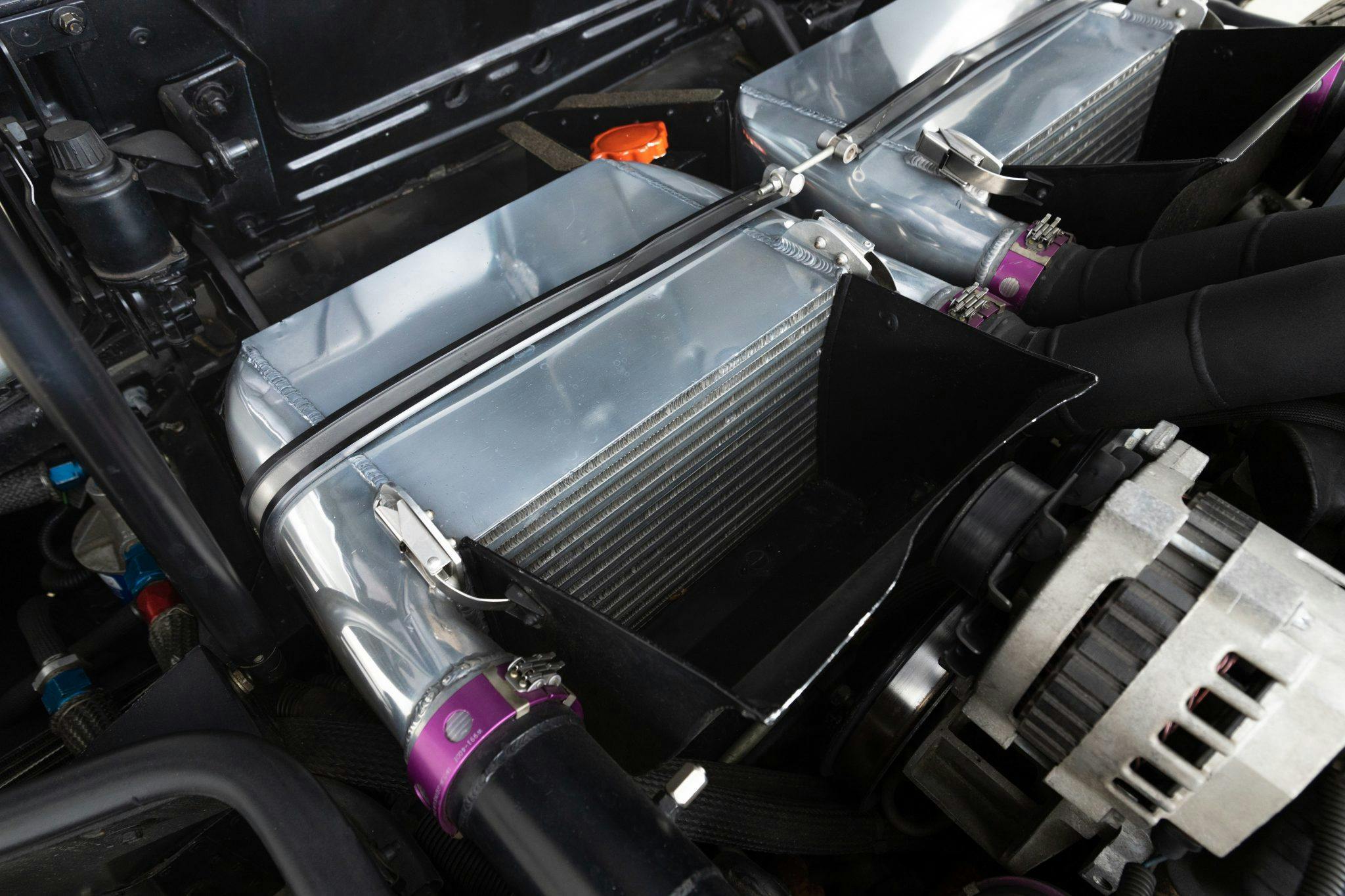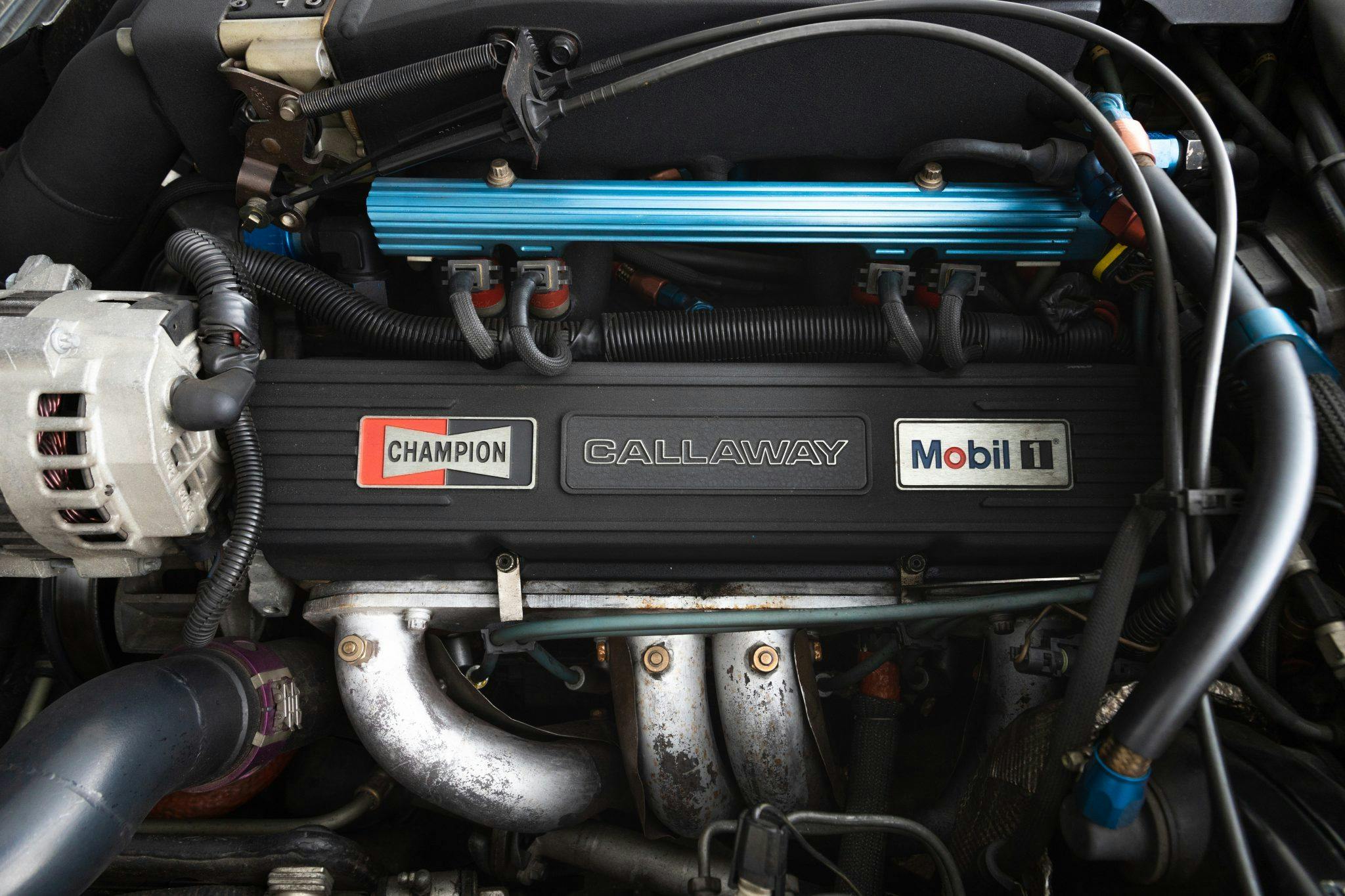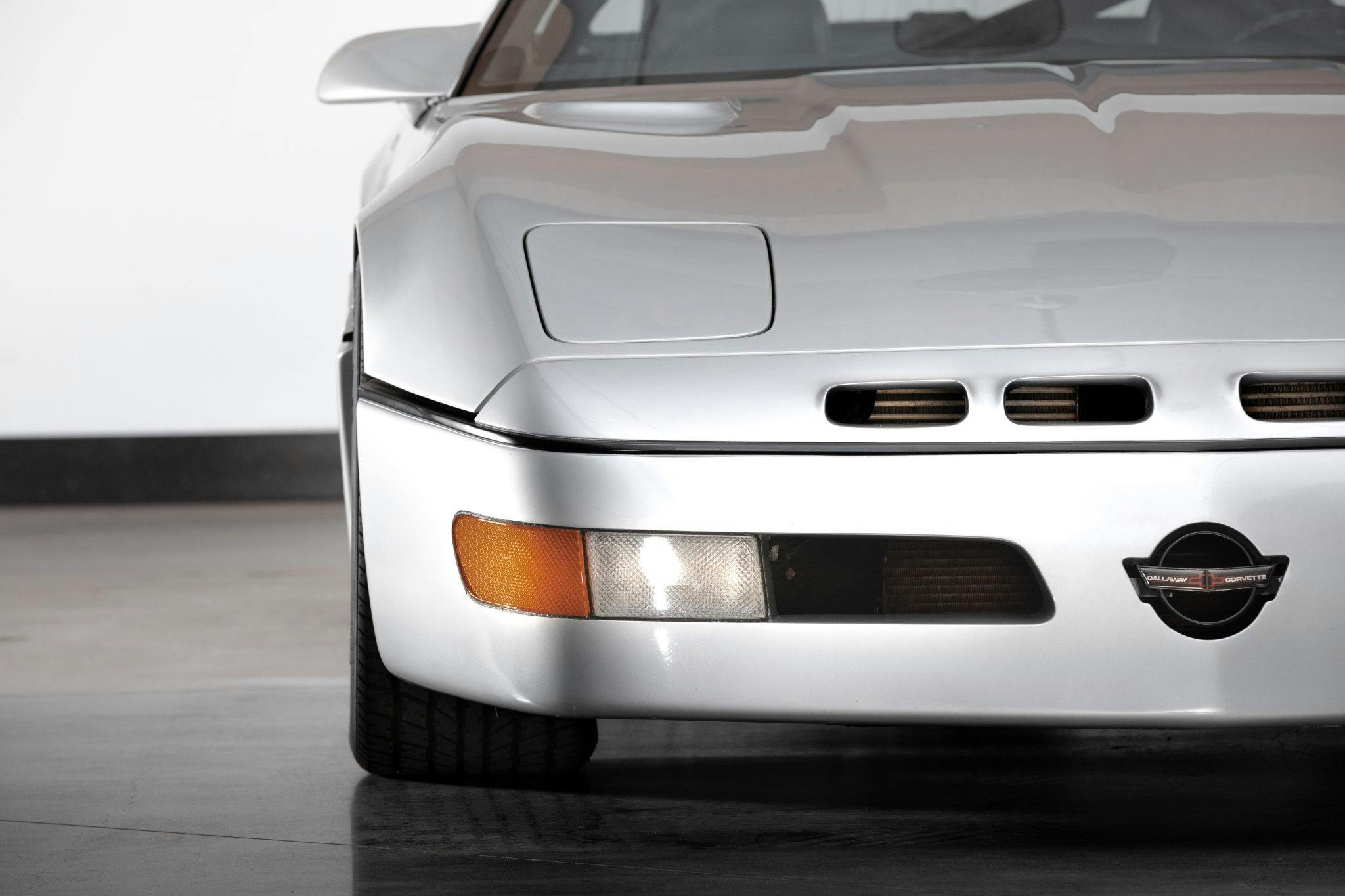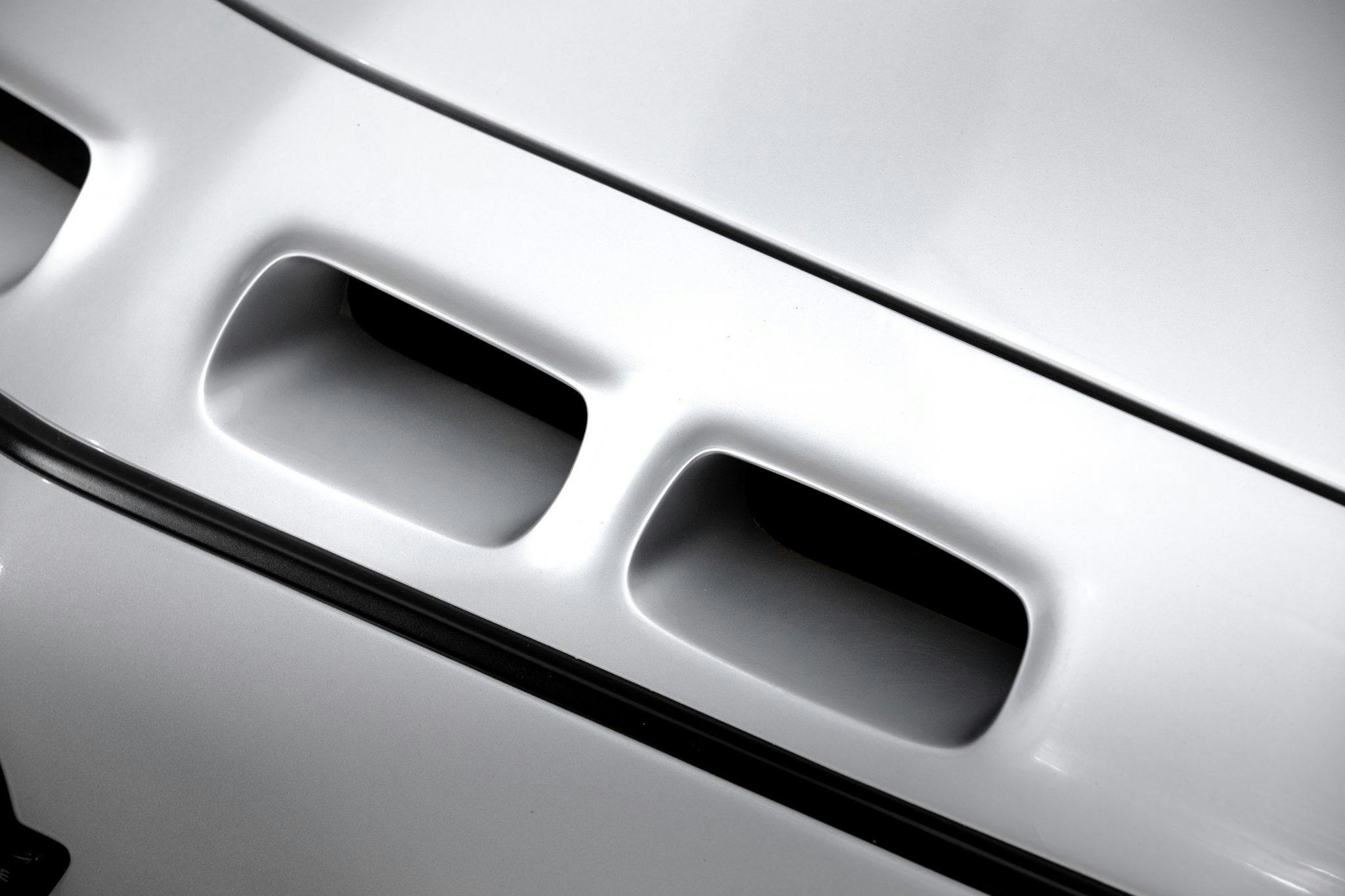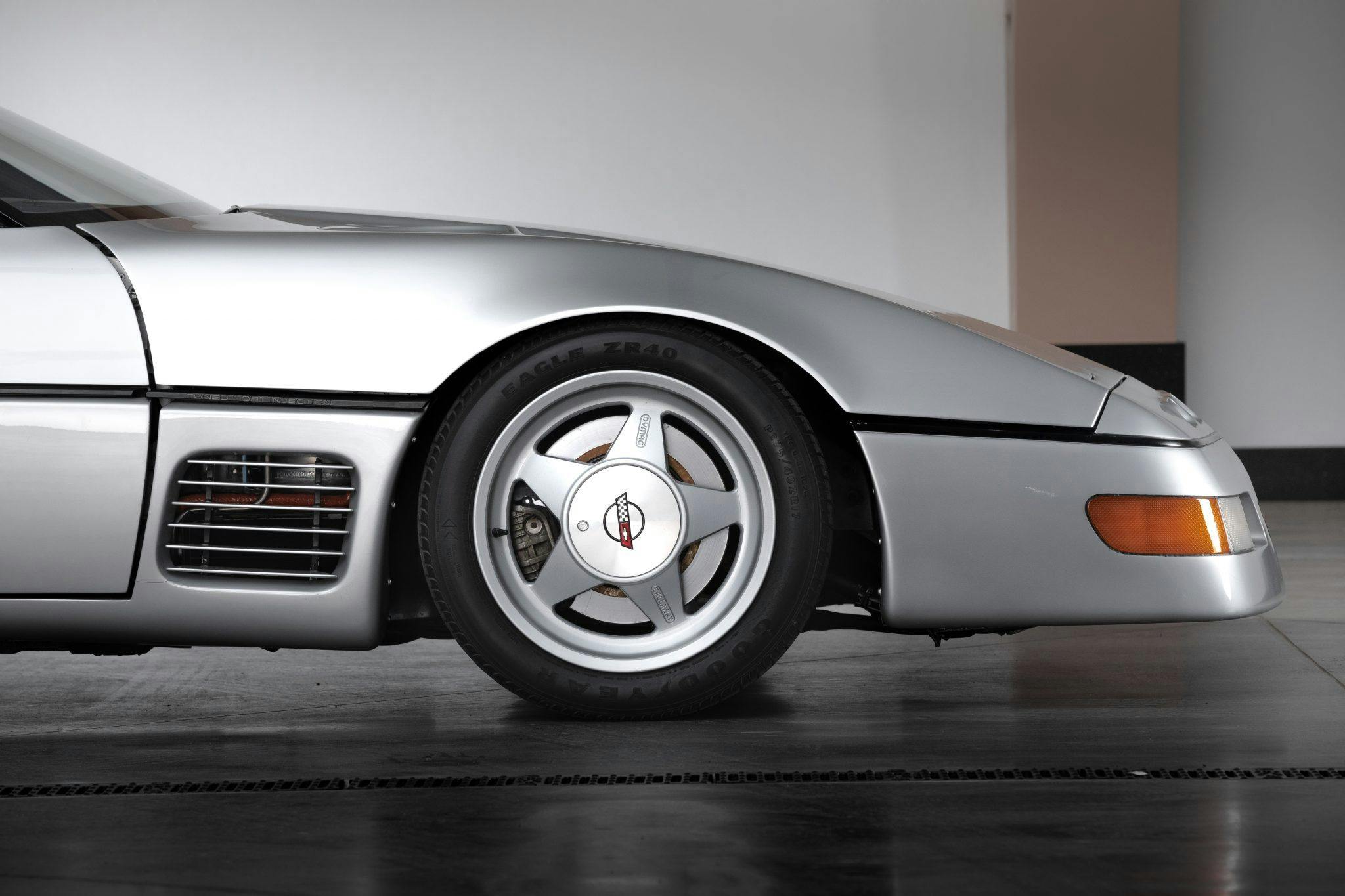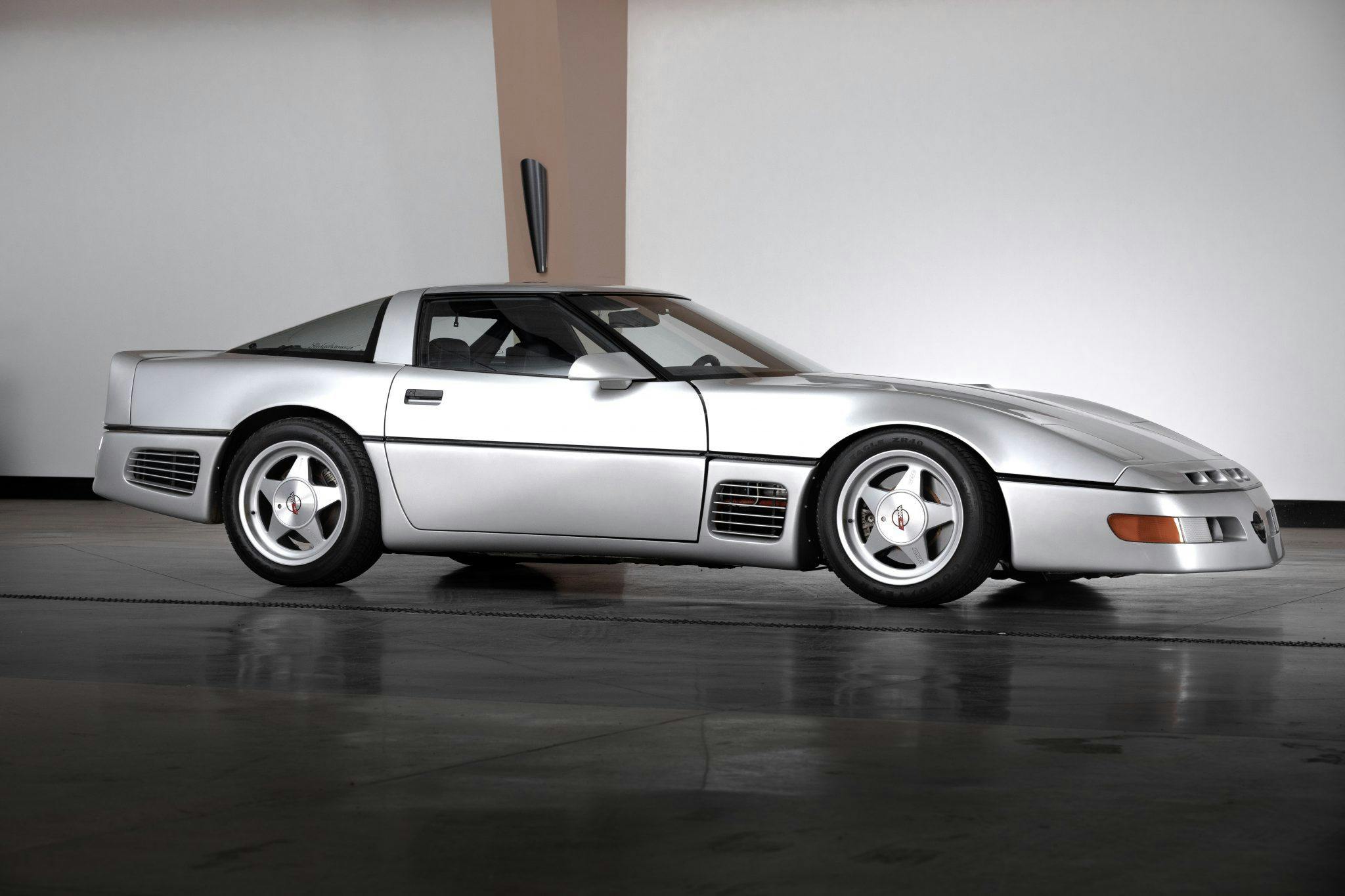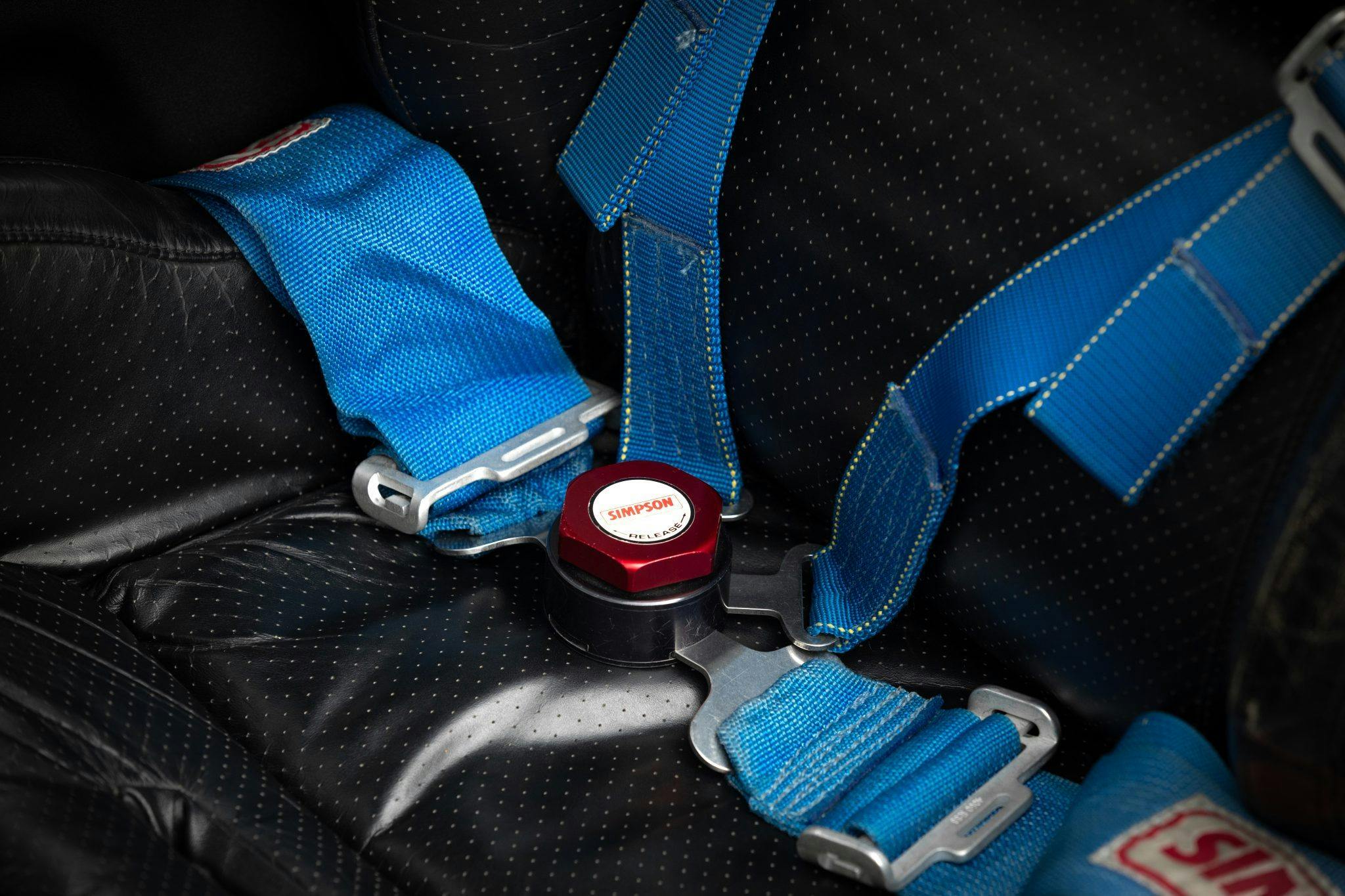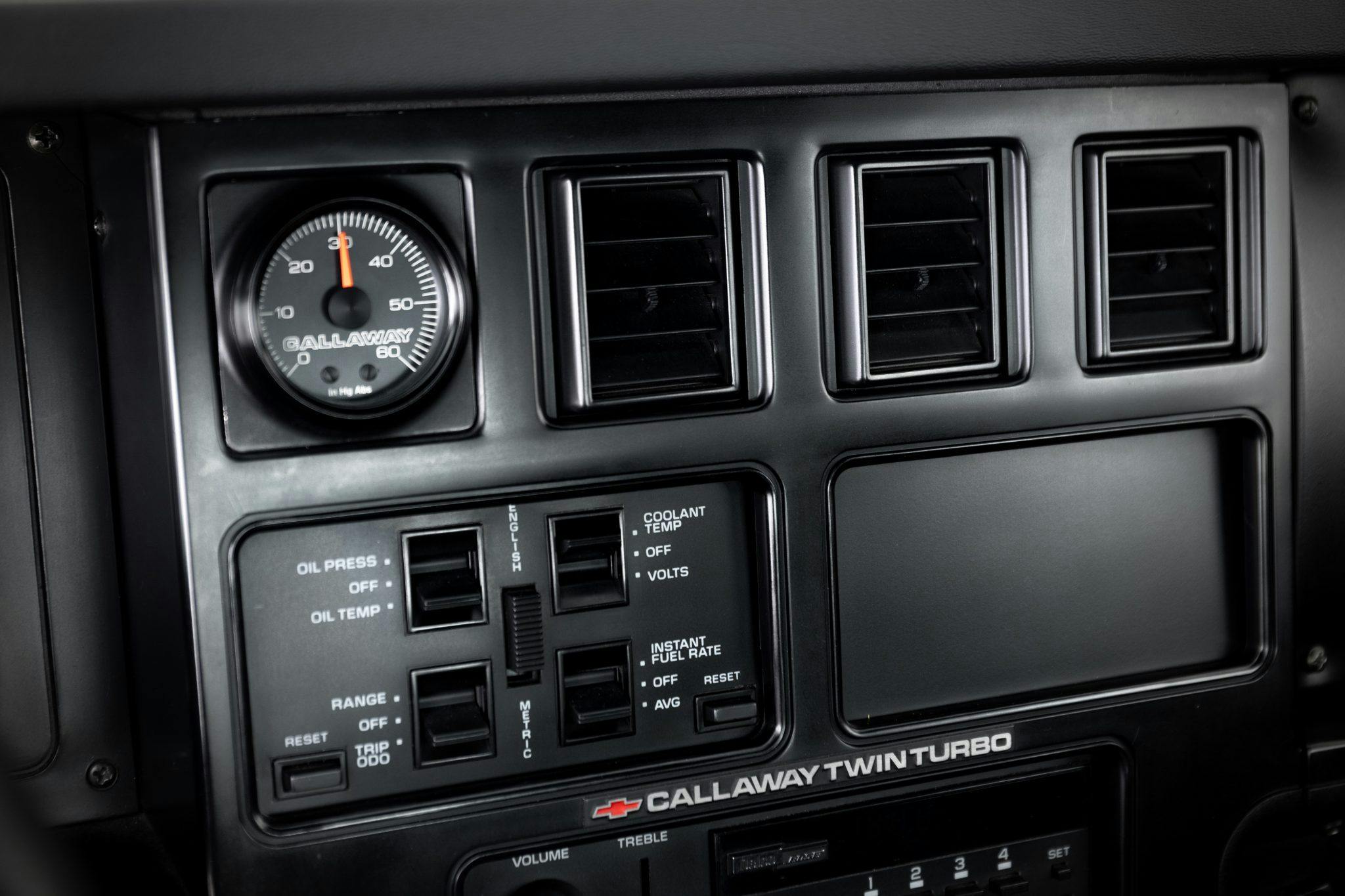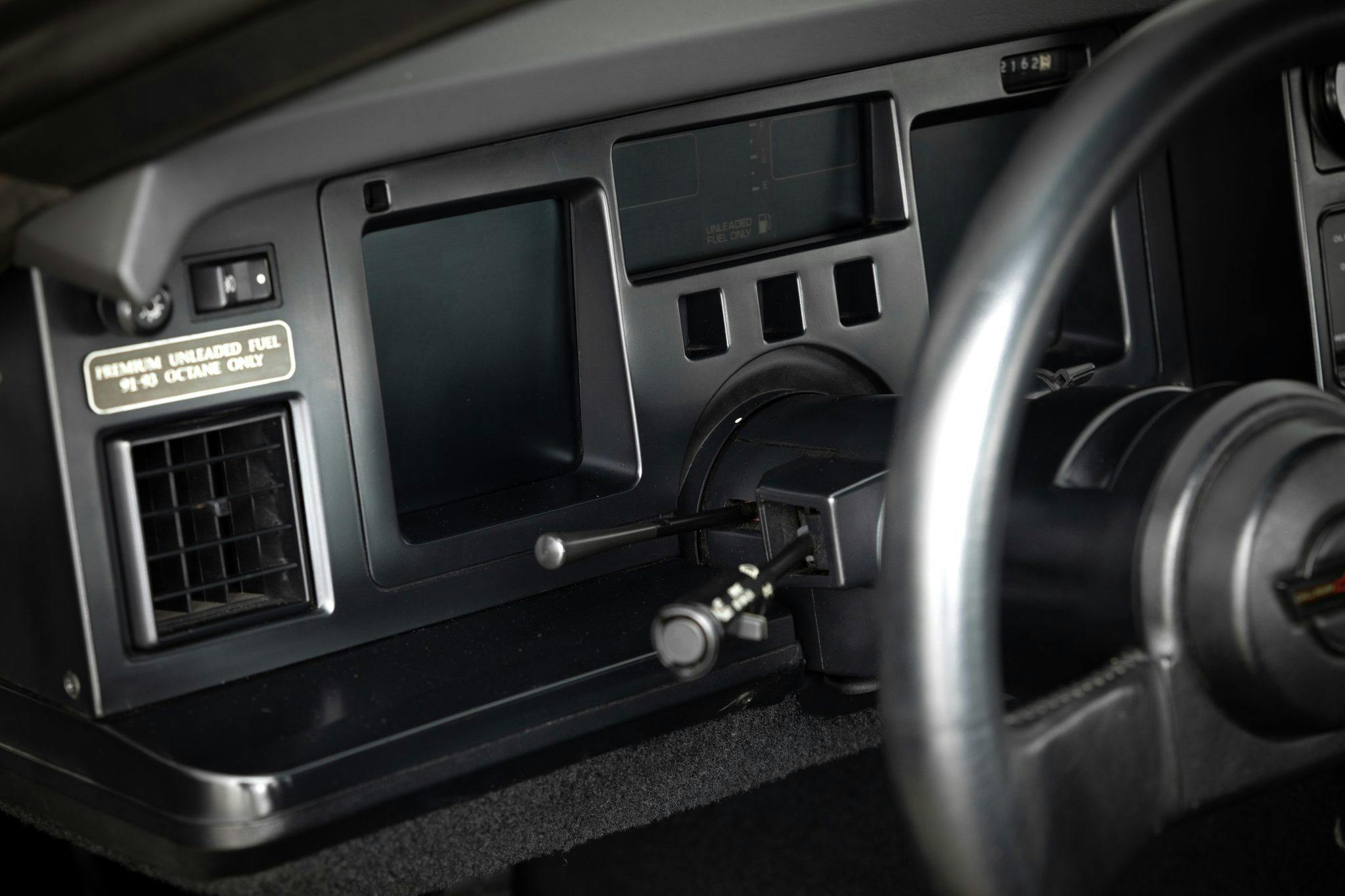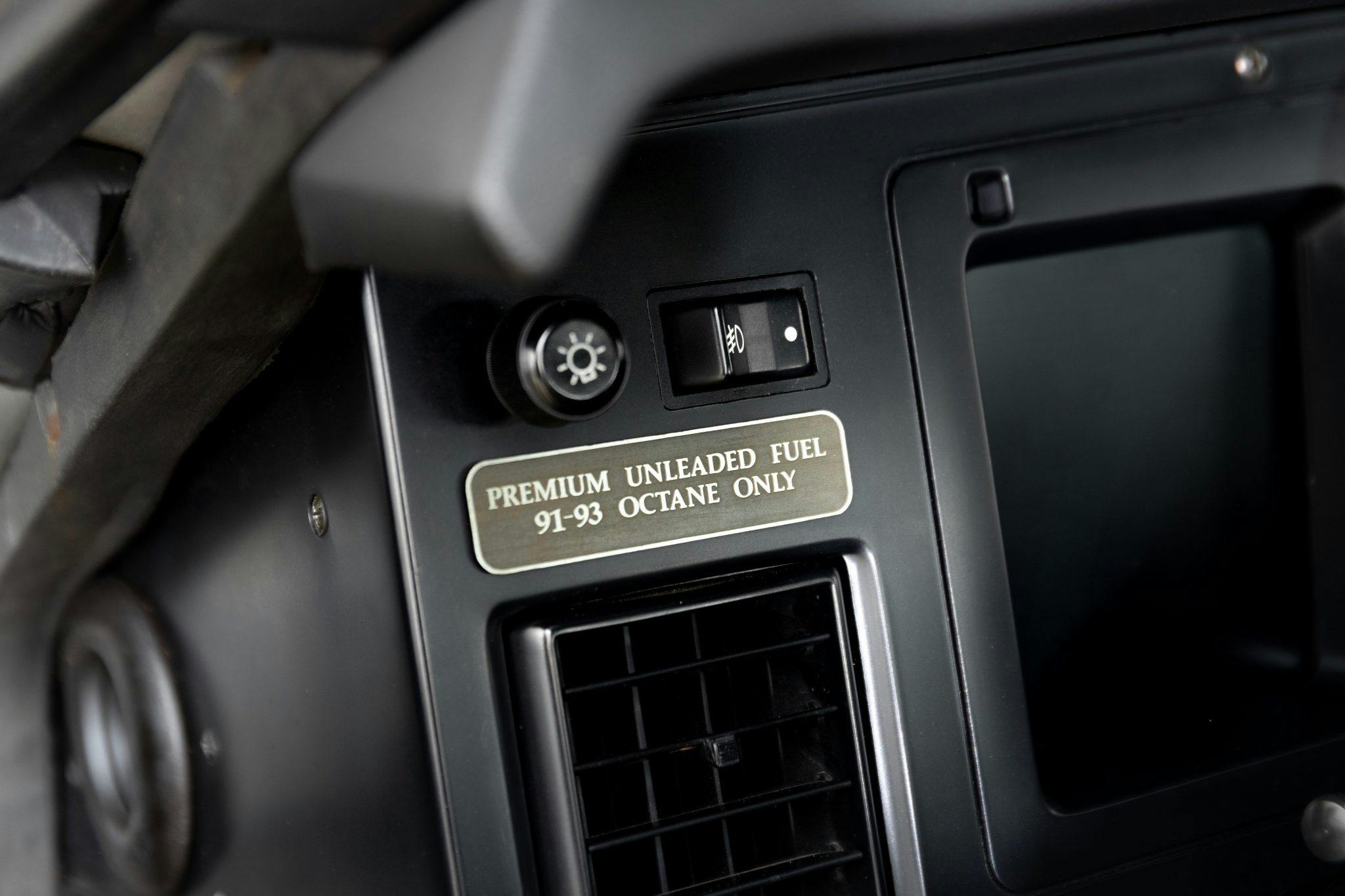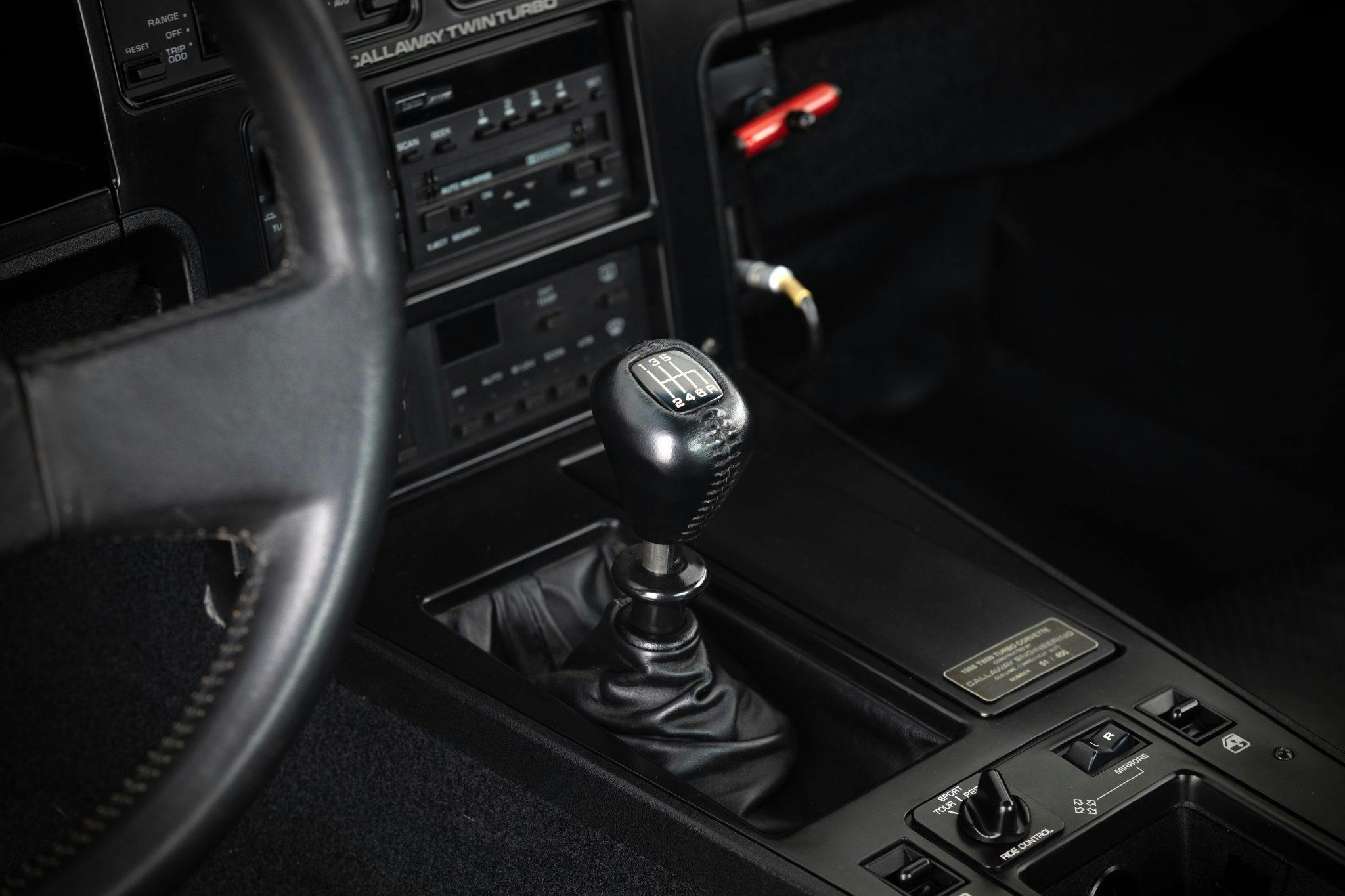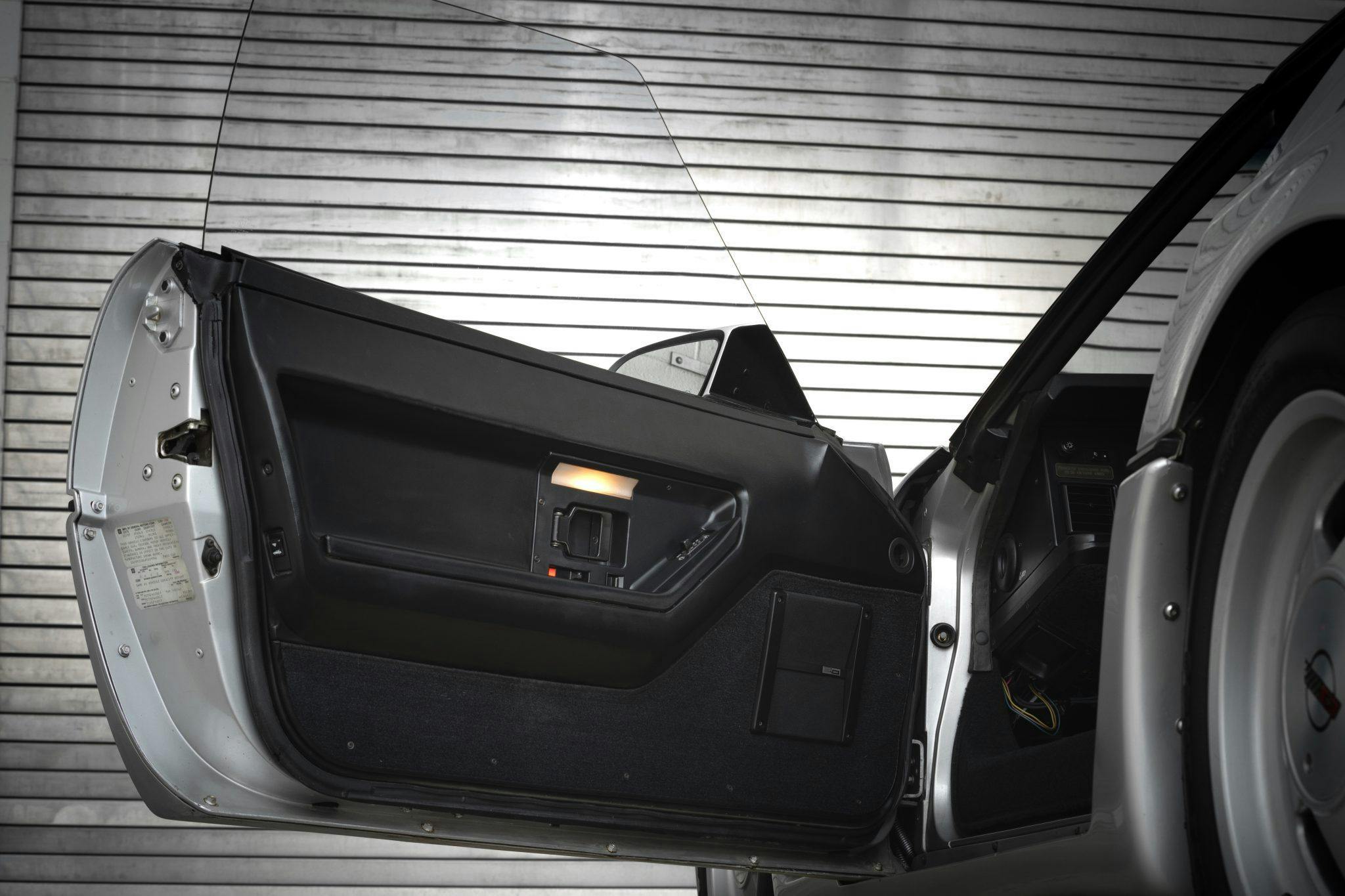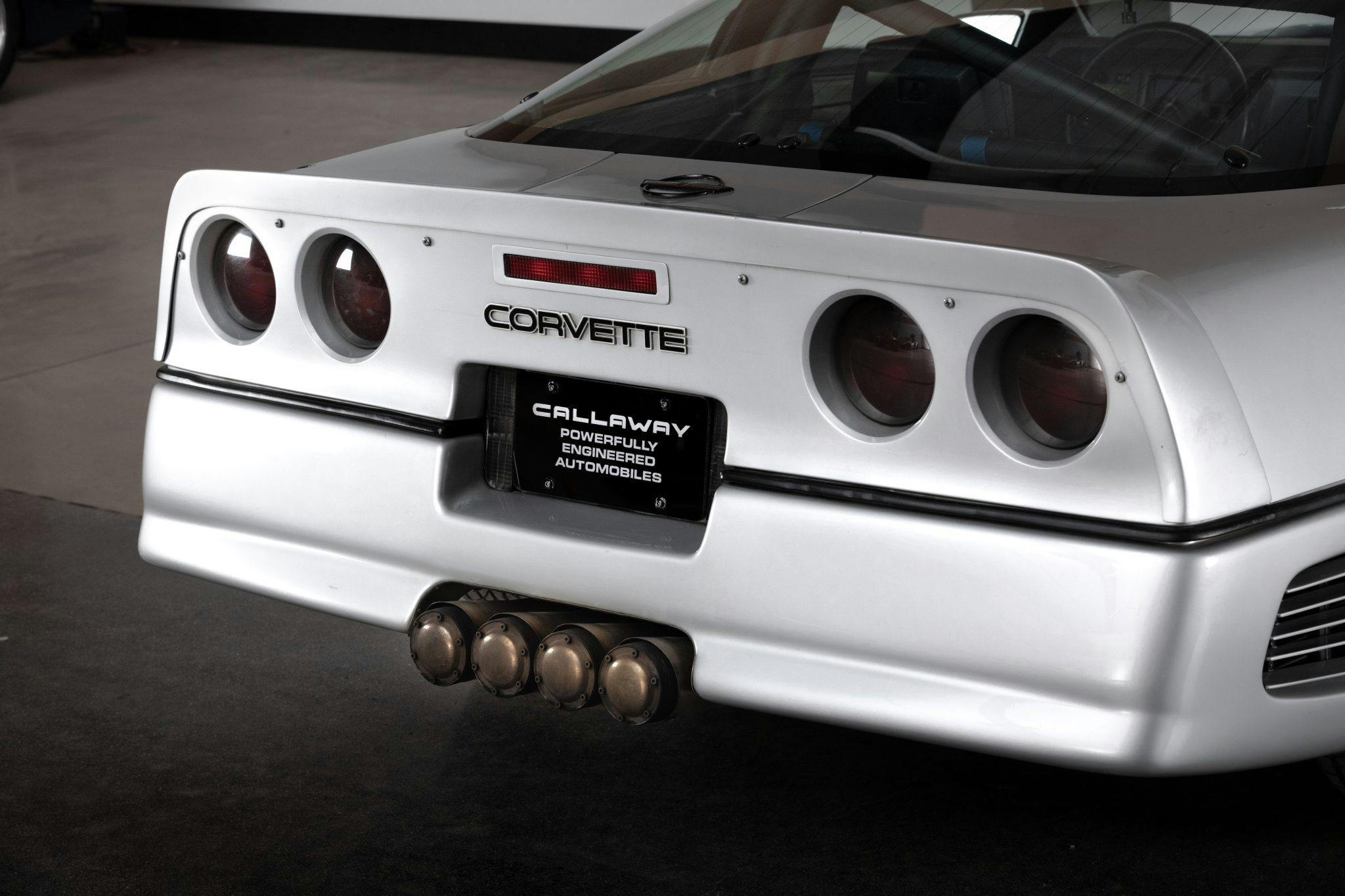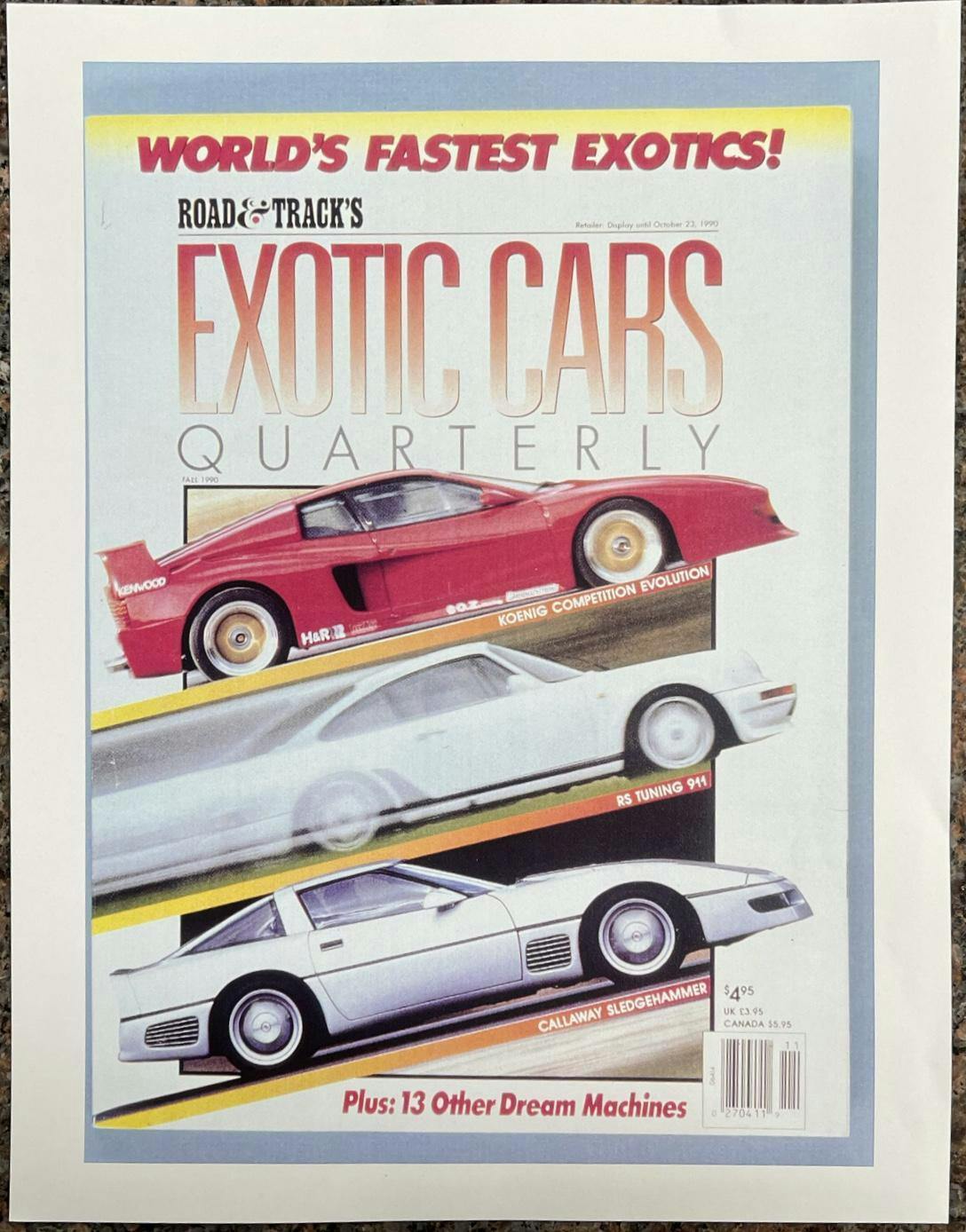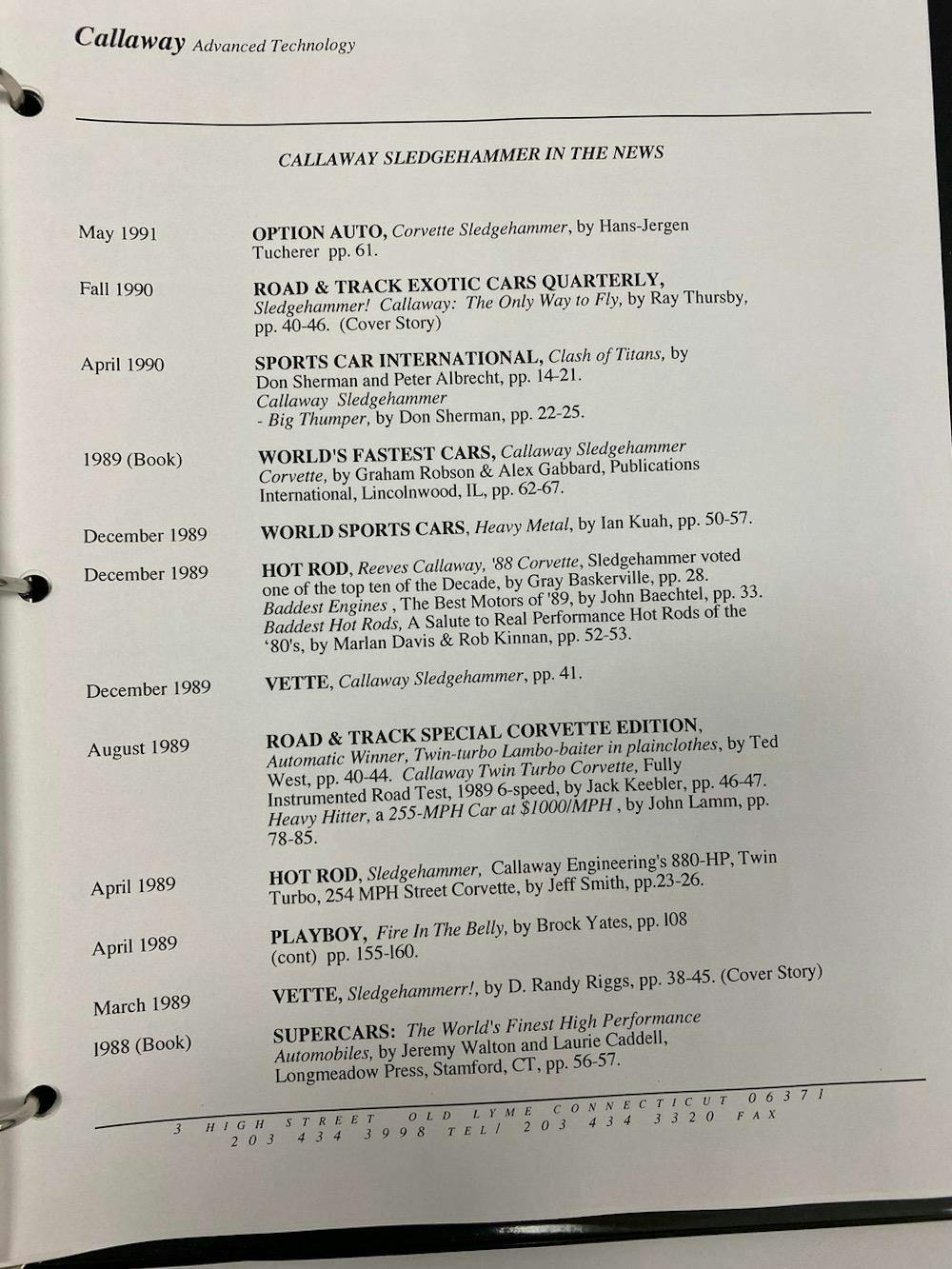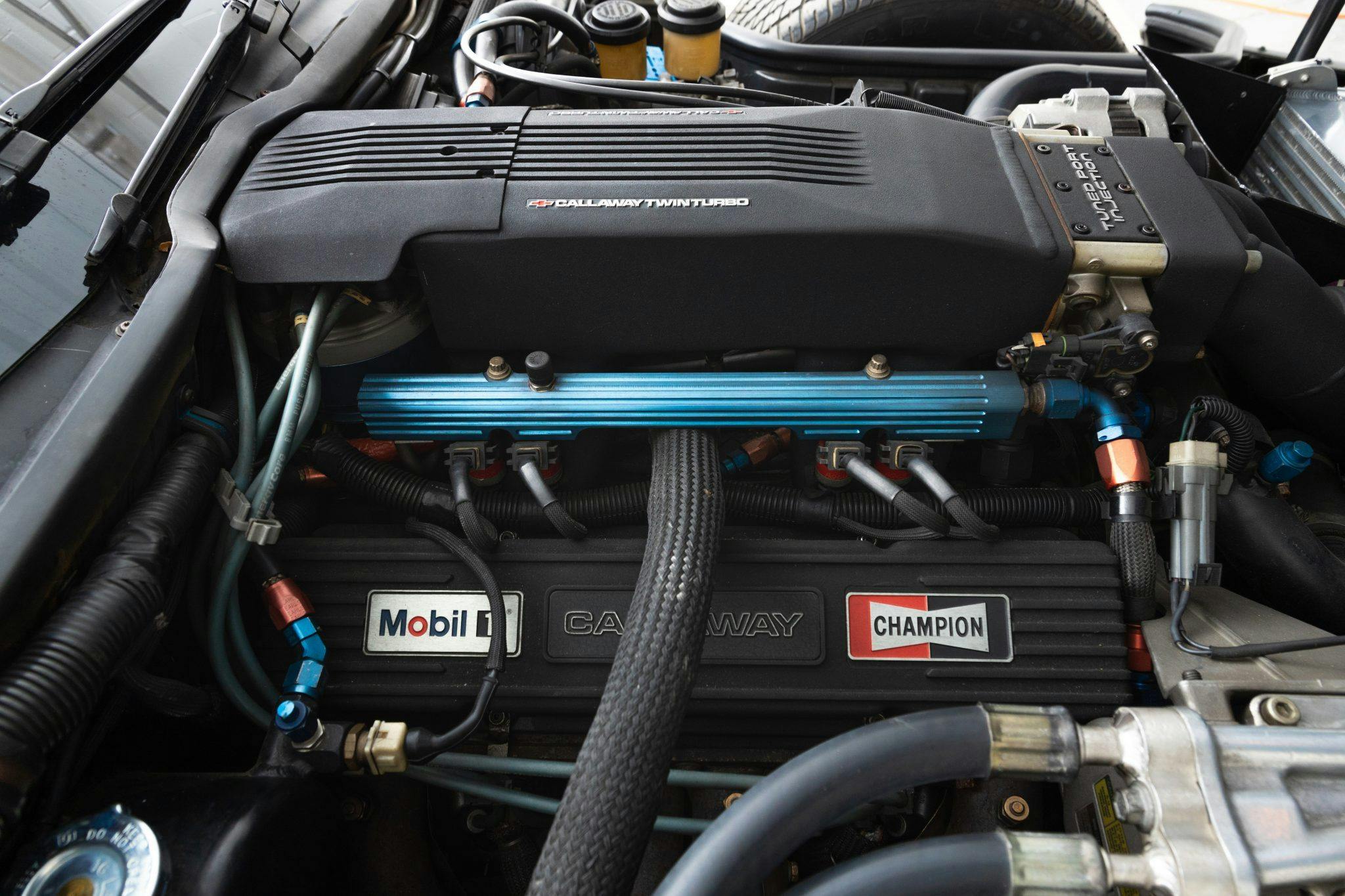Media | Articles
Sledgehammer: When Callaway built a 255-mph C4 Corvette, the world took notice
In the year of our Lord 2021, the recipe of strapping two turbochargers onto a Corvette and hunting for 200+ mph is a familiar one. You don’t even need to sniff out a speed shop; you can buy a stock C6 or C7 ZR-1 and, once you find a helmet and a legal venue, have everything you need. Back in the late ’80s, however, when the most powerful Corvette Chevrolet made was the 240-hp C4, such supercar-worthy pretensions simply didn’t belong to America’s sports car. That is until Callaway decided it wanted a place in the record books.
Founded in 1978, the Callaway speed shop was an old hand at streetable, forced-induction performance by the time the C4 debuted in ’83. Chevrolet recognized its experience, and, when Callaway developed a twin-turbo package for the fourth-gen Vette, bestowed upon the kit three hallowed letters and an alphanumeric: RPO B2K. Customers could order a 1987-or-later Vette with 150 additional horsepower straight from the factory and enjoy Chevrolet’s original year-long new-car warranty.
Once Callaway got a taste for forced-induction Chevy performance, there was no looking back. Enter the Sledgehammer, an 880-hp monster that would earn the title of fastest street-legal Corvette in 1988 and retain the crown for eleven years. #51 is the one-off, 255-mph king of Callaway, and it’s up for sale right now on Bring a Trailer.

If you’re not familiar with the Sledgehammer, you may find it a bit underwhelming, at first glance. Streetability was a critical component of the build, for Callaway, and—unless you look under the hood—the Sledgehammer wears its brutality in an understated fashion. Keen eyes will spot the non-factory brake ducts integrated into the Callaway-built AeroBody exterior, the roll cage, and the center-exit quad exhaust (our favorite feature). The interior is a similar story: The racing harnesses, supercharger gauge, and Callaway badging are the only cues that you’re sitting in a 255-mph monster. Compared to today’s 200-mph candidates, even the 275-width Goodyears seem modest.
Pop the hood, and all illusions of modesty vanish. Stuffed between the front wheels is a blueprinted, dry-sump, 5.7-liter Chevrolet Performance “Bow-Tie” four-bolt-main small-block topped with Brodix aluminum heads and fortified with a Cosworth crankshaft, forged Mahle pistons, and forged connecting rods. Two Turbonetics TO4B turbochargers force-feed the engine up to 22 psi of boost, and it exhales through 321-stainless-steel headers and a quad exhaust fitted with four SuperTrapp diffuser disc mufflers. Not a single emissions control is present.
Marketplace
Buy and sell classics with confidence
The combination made 880 hp at 6250 rpm and 772 lb-ft of twist at 5250 rpm. Callaway’s monster Vette made nearly double the power of the Lamborghini Countach (420) or the Porsche 959 (450). In 1988, this was insanity.
A ZF six-speed manual—not the Doug Nash ’box used in the record run—sends power to a 3.54:1 rear end, and Dymag one-piece magnesium wheels clad in 275/40 Goodyears put all 880 hp to the pavement. (Bring a Trailer is careful to specify that these are not the bespoke, 300-mph-rated shoes Goodyear designed for the top-speed attempt.) Dual-piston calipers clamp 13-inch ventilated rotors in the front and 11.5-inchers in the rear.
The Sledgehammer proved its mettle by shuttling John Lingenfelter from Old Lyme, Connecticut to the 7.5-mile oval at Transportation Research Center in East Liberty, Ohio—a trek of nearly 700 miles—before, on October 26, 1988, laying down its record-setting top-speed of 254.76 mph with him behind the wheel.

The world took notice. Hot Rod lavished the Sledgehammer Corvette in praise, voting Callaway’s twin-turbo engine among the best motors of ’89 and the whole car into its top-ten list of ’80s decade. Road and Track called it a “twin-turbo Lambo-baiter in plainclothes.” In recent years, the Sledgehammer’s mystique is only increasing: In 2013, it was inducted into the Bloomington Gold Great Hall.
“It is maybe the most famous C4 Corvette of them all and certainly the most famous Callaway,” says Hagerty’s senior auction editor Andrew Newton. “It’s a one-off, and its top speed rivals seven-figure supercars even 30+ years after it was built.”
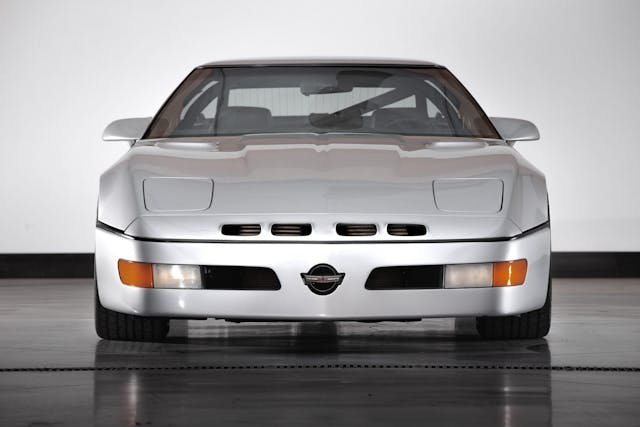
This beast came to auction at Barrett-Jackson’s 2004 Scottsdale sale, where it sold for $221,400 only to resurface ten years later with a $600,000 no-sale at Mecum’s 2014 Kissimmee event. Needless to say, the Sledgehammer has lived a pampered life since its history-altering performance; it showed only 2120 miles in 2014, and Bring a Trailer notes only 2K today. What might it go for? It’s anyone’s guess. As of this writing, the auction has been live for less than a day, and bidding has already skyrocketed to $425,476.
Its days of on-asphalt anger may be over, but this silver bullet is still capturing well-deserved attention.
